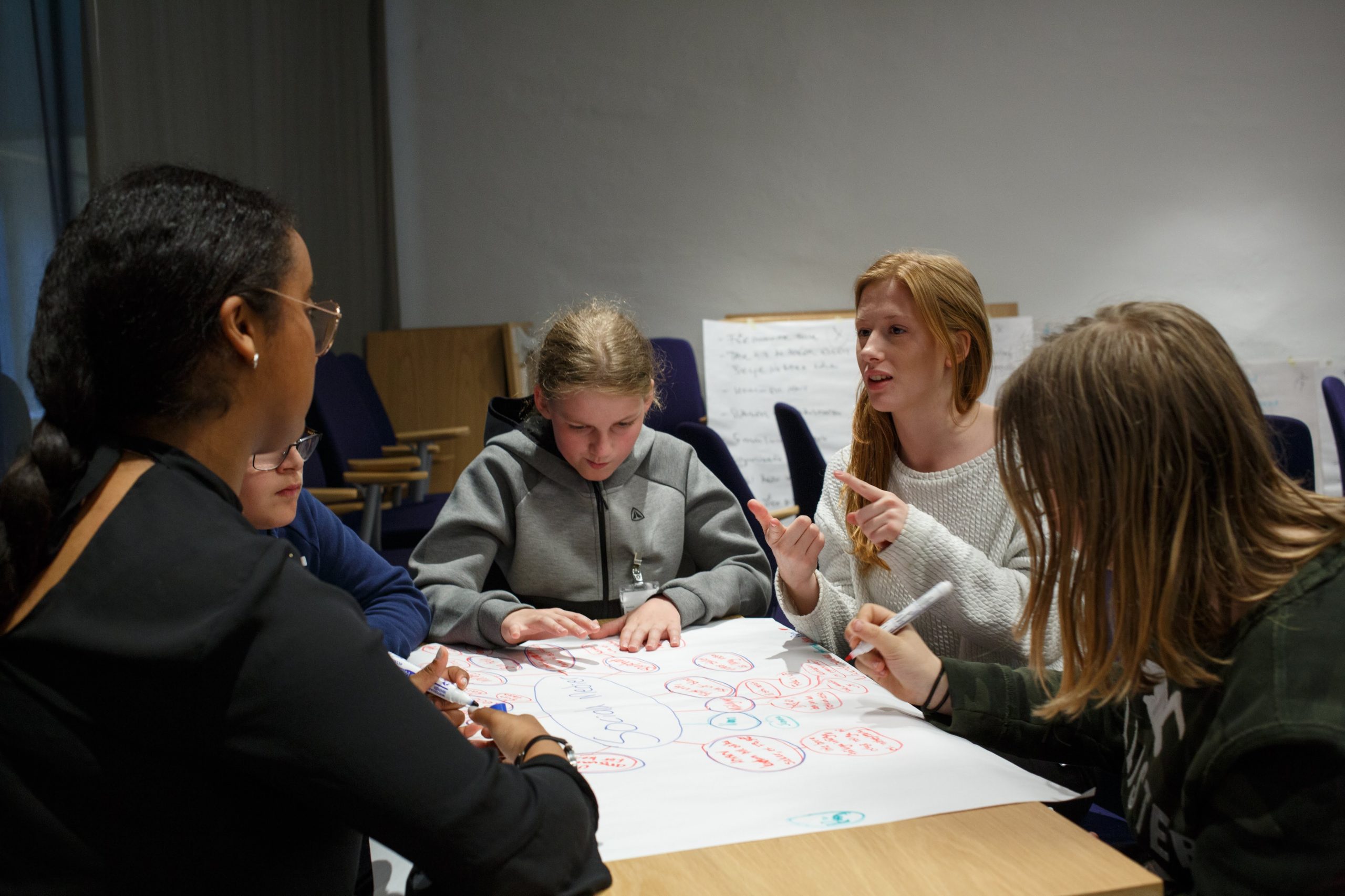We hear a lot about education achievement gaps, learning gaps and opportunity gaps between different groups of students, typically based on socioeconomic status, race or ethnicity. Generally speaking, the achievement gap describes persistent differences in academic proficiency. The learning gap reveals discrepancies between what children are expected to know at a certain stage and what they actually know. And the opportunity gap explains how differences in resources, backgrounds, and circumstances can lead to different outcomes, such as college attainment rates. These are all important gaps to consider and strive to close, but one glaring gap is missing: the choice gap.
The Choice Gap
The reality is that many families have limited choices about where and how to educate their children. They may not like their assigned district school, but homeschooling may be undesirable or unrealistic and private school is often too expensive or unavailable. In some states, lower-and middle-income families may be able to take advantage of emerging education choice mechanisms, such as education savings accounts and tax-credit scholarship programs, that give them access to funds to use for private education options, but for many lower- and middle-income families, private alternatives are out of reach.
The choice gap is particularly clear and concerning when surveys show that selecting private options is the preferred choice for many parents. According to EdChoice’s 2019 Schooling in America Survey:
More than four out of five students attend a public district school, but less than half of public school teachers and less than a third of current school parents would prefer to send their children to a district school.
For Shaylanna Hendricks Graham, the lack of private options for her two children, ages seven and five, is frustrating. I wrote about Graham in my book Unschooled where she described why she and her husband made the decision not to enroll their children in school and to homeschool them instead. “There is a clear disadvantage for children of color and it can be damaging emotionally and psychologically for many children of color,” Graham explained.
We wanted to shelter our children from having that experience in school. We also wanted to make sure that they learned the true history and origin of our ancestors and the great impact that our African ancestors had in the history of the world.
She added:
Schools systematically treat our brown children as if they are less-than and less deserving than the rest and it is our intention that our brown children have a much more positive life experience.
I recently checked in with Graham, who lives in Boston. She said that homeschooling has become challenging, particularly as she tries to meet her children’s varying needs and give them enough social and academic enrichment, while also running a small consulting business. This reflects a wider trend among homeschooling families. The recent EdChoice survey mentioned above found overall satisfaction with homeschooling decreased by 10 percent since last year. After looking into local private school options with price-tags of over $35,000 a year, the couple realized that was more than they could pay, especially for two children.
Entrepreneurs Creating New Alternatives
Ideally, says Graham, she would prefer a more affordable, private hybrid homeschool program or micro-school that would allow her to continue the homeschooling lifestyle that she and her husband cherish, while also offering consistent, high-quality opportunities for her children to play and learn outside the home.
A model that allows for drop-off, offers enriching classes or opportunities for development in areas, as well as the freedom for the children to choose how they want to spend their day, would be a dream come true,
Graham says. “We would be happy to pay $7,000 for a program like this,” she adds.
Low-cost micro-schools, hybrid homeschooling programs and other affordable private options would help to close the choice gap. Tuition that is a fraction of the cost of a traditional private school in a given location would expand choices for many parents and kids. Entrepreneurs will be the ones to successfully create and scale affordable alternatives to conventional K-12 schooling.Education choice programs and similar public policy efforts can also help to narrow the choice gap for lower- and middle-income families, but entrepreneurs are showing that they can accelerate the process.
Acton Academy has been expanding its low-cost private education model nationwide, with classes occurring in homes and other intimate settings to simulate the multi-age, “one-room schoolhouse” atmosphere. Prenda is a rapidly-growing network of micro-schools in Arizona that also runs on a hybrid model and costs families about $5,000 per year.
While policymakers may continue to make headway with education choice programs, entrepreneurs will be the ones to successfully create and scale affordable alternatives to conventional K-12 schooling, closing the choice gap and perhaps the others as well.
If you are interested in learning more about a large-scale entrepreneurial project I am currently working on to fill this choice gap, please reach out.




